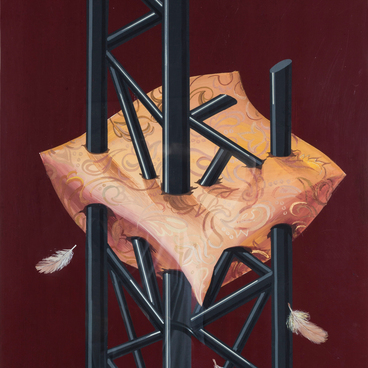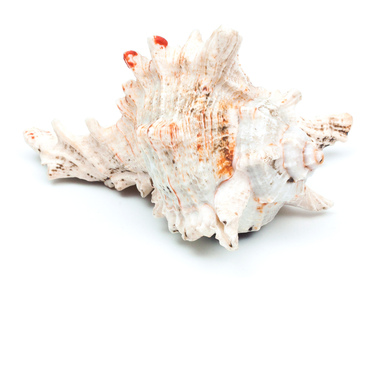Back in the olden days, people opened their letters with ordinary household knives or daggers. The history of paper knives is quite young — they appeared only in the 18th — 19th centuries and, apart from opening letters, were also used for cutting open the pages of hand-produced books.
A special hydraulic press that trimmed book edges evenly was not invented up to the early 20th century. Before that, the process went as follows: large printed sheets holding up to 20 pages were simply folded several times depending on the format, then all of them were bundled into a single book, sewn and bound. That was why back then pages had to be cut open with a paper knife.
The Ulyanovsk Museum of Local History houses an elephant ivory paper knife that used to belong to Ivan Goncharov. The curved blade is smooth and wide, the carved handle depicts a lion wrapped around by a snake. This item was most likely made in China: its history of ivory carving goes back to prehistoric times when elephants still roamed the forests of the Huang He river valley. Eventually, the high demand for their tusks wiped the animals out, and China had to import elephant ivory from other countries.
This material was used for making hairpins, chopsticks, knife and dagger handles, and smoking pipes. Usually, items were polished, lacquered and sometimes painted. However, the paper knife from the museum’s collection is quite minimalistic and austere in style and has no excessive decoration: in many Asian countries, the accentuated simplicity of expensive items was considered good taste.
Ivan Goncharov might have bought this knife at one of the Chinese markets. In his collection of essays called “Frigate “Pallada”, he wrote,
A special hydraulic press that trimmed book edges evenly was not invented up to the early 20th century. Before that, the process went as follows: large printed sheets holding up to 20 pages were simply folded several times depending on the format, then all of them were bundled into a single book, sewn and bound. That was why back then pages had to be cut open with a paper knife.
The Ulyanovsk Museum of Local History houses an elephant ivory paper knife that used to belong to Ivan Goncharov. The curved blade is smooth and wide, the carved handle depicts a lion wrapped around by a snake. This item was most likely made in China: its history of ivory carving goes back to prehistoric times when elephants still roamed the forests of the Huang He river valley. Eventually, the high demand for their tusks wiped the animals out, and China had to import elephant ivory from other countries.
This material was used for making hairpins, chopsticks, knife and dagger handles, and smoking pipes. Usually, items were polished, lacquered and sometimes painted. However, the paper knife from the museum’s collection is quite minimalistic and austere in style and has no excessive decoration: in many Asian countries, the accentuated simplicity of expensive items was considered good taste.
Ivan Goncharov might have bought this knife at one of the Chinese markets. In his collection of essays called “Frigate “Pallada”, he wrote,



